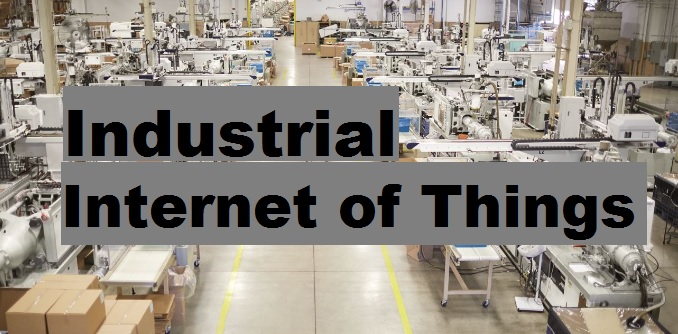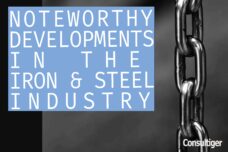Let’s first see what Internet of Things or IoT is?
IoT is a cloud-based integrated system that connects intelligent computers/devices and enables sharing of large amounts of data.
So, what is IIoT?
The application of the IoT to the manufacturing industry is IIoT – the first ‘I’ standing for Industrial. With the advent of IT in manufacturing processes, optimizing operational efficiency and manufacturing automation has become simpler. Raw materials, factories, machines and products can communicate independently with each other using the cloud to optimize production.
Products today are a result of cross-industry collaboration. The danger in this approach is the misinterpretation/miscommunication of logistics amongst the collaborating entities. IIoT resolves this problem by building a ‘bridge’ collaborative system that can manage the inventories of various products across various industries.
Let’s now look at the Framework and Protocol of IIoT.
IIoT has layers of dynamic solutions for complications arising in a production process. The system navigates meticulously across different networks, connectivity tools and computational methods like edge computing and fog computing.
The common protocols used for communication between the different units in an IIoT network are the OPC-UA and the Message Queuing Telemetry Transport Transfer Protocol (MQTT). The MQTT is emerging as the go-to model for designing the communication between different networks. This can be attributed to its bi-directional capabilities, data acquisition power, speed, and publish/subscribe model.
What are the Challenges of IIoT?
Transitioning from a traditional manufacturing management system to an IIoT management system comes with its own set of obstacles.
The biggest challenge comes in the form of managing Compatibility & Interoperability between the devices connected to the IIoT. But with a uniform protocol for communication and hardware designed to operate on the same architecture, the challenge is diminishing.
The next big challenge is Security. With great power comes great responsibility and IIoT is no exception to that rule. With an increase in cyber attacks and third party violation of security systems, manufacturers have to be extremely cautious while securing their data in the cloud. With smart malware, frameworks can be hacked just as easily as they are secured. Even the hardware is exposed to malicious attacks due to the ease in which sensors and devices and be calibrated remotely.
How about the The Future of IIoT?
IIoT contributes majorly to the total spend in the IoT industry. In 2016, 57% of the money spent on IoT was spent on the Manufacturing Industry. Within just the manufacturing industry, Operations, Asset Management and Production and other Field Services took the cream of the investments. A total of $180 billion was spent on IIoT in 2016 out of which $105 billion was spent on automating Industrial Operations. An estimated $238 billion will be spent in 2018 — major portion going in to securing the entire architecture and framework.
Industries are pushing towards modernisation of factories, and the IIoT is not only here to stay but also to disrupt the manufacturing ecosystem. IIoT can be used to circumvent market volatility and manage inventory while reducing the overheads of a company by using predictive algorithms to optimize resources and energy. The larger scope of the IIoT lies in managing and staying ahead of economic and environmental regulations.














